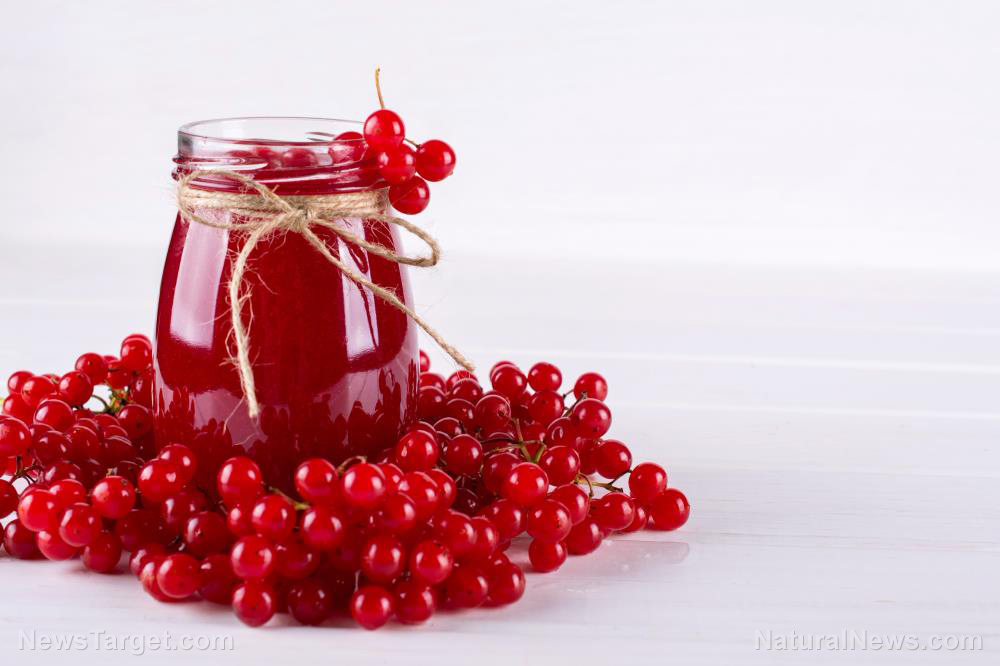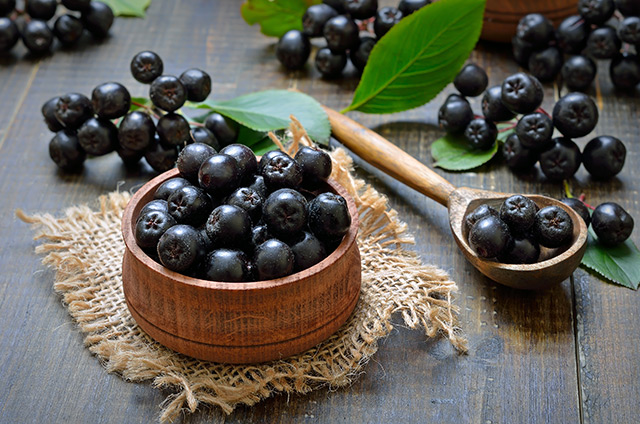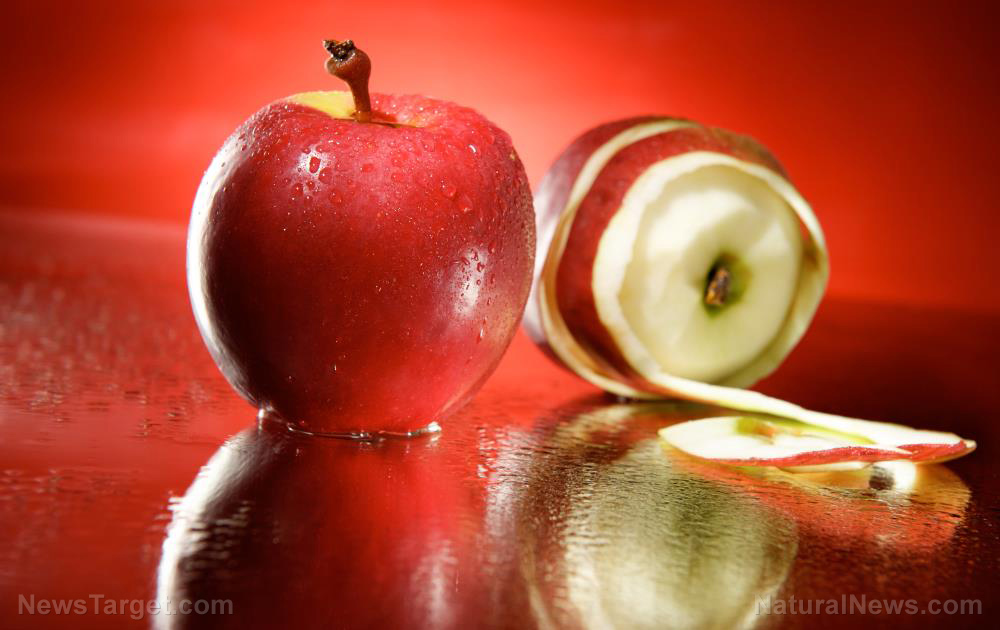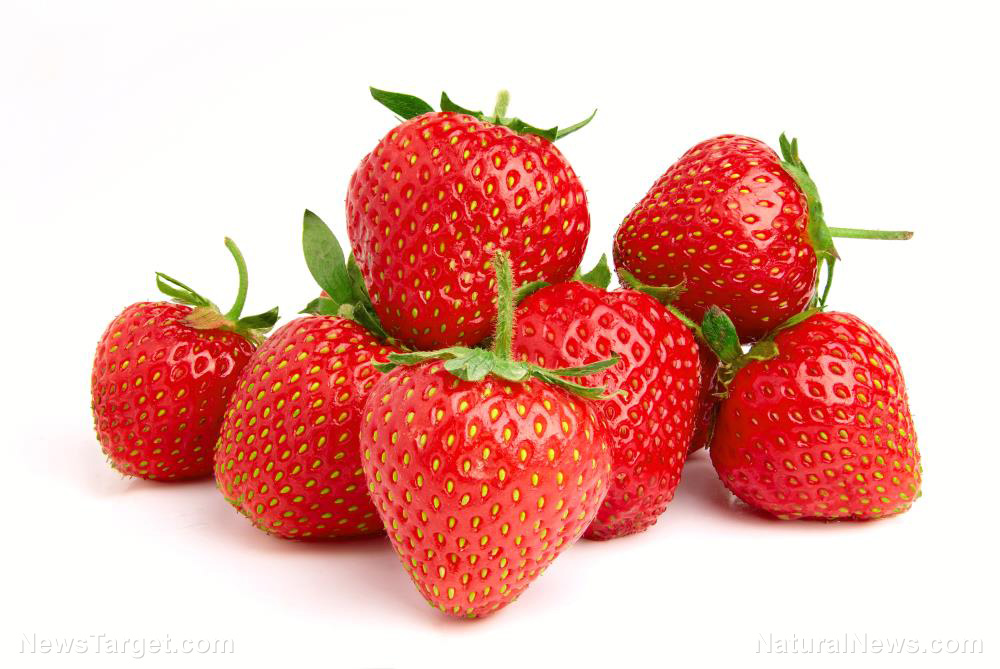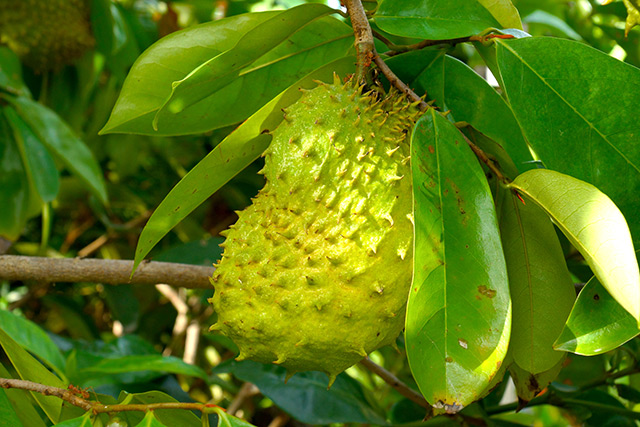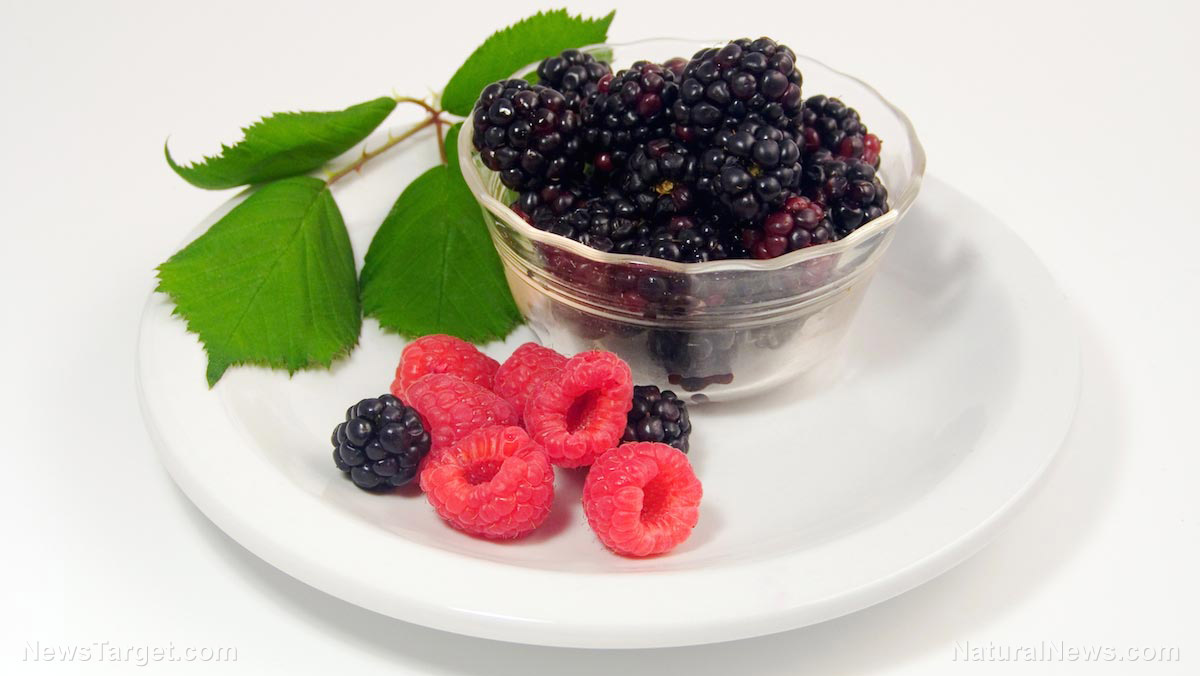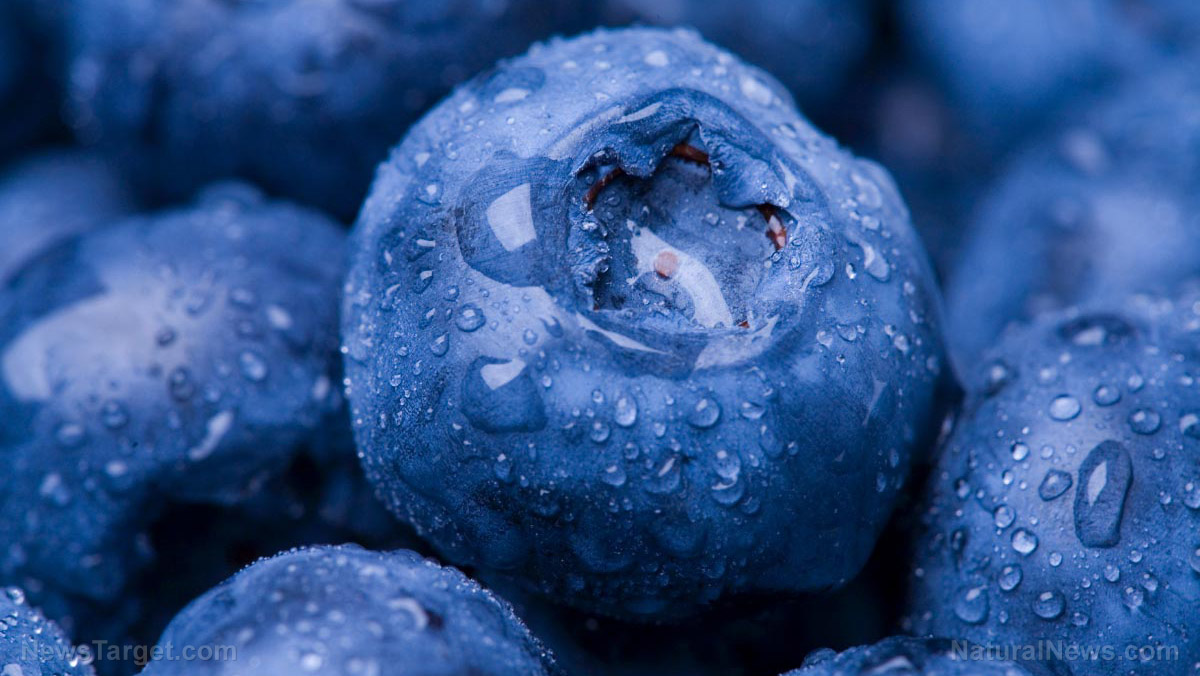80% of non-organic apples are sprayed with a toxic chemical to make them look fresh
09/24/2018 / By Edsel Cook

The next time you reach for that fresh-looking apple on the shelf of your grocer, you should reconsider taking a bite out of it lest you poison yourself. An article in Natural Health 365 warned that a nasty chemical covers four out of every five apples that were grown through conventional, non-organic means.
The chemical is called diphenylamine. It is an artificial preservative that makes the fruits look fresher than they really are. It is also toxic to human health.
The artificial means of their cultivation and harvest have all but assured that non-organic apples will contain dangerous levels of numerous synthetic chemicals. The environmental activist group Environmental Working Group reported that the typical conventionally-grown apple contains residues from 4.4 different pesticides.
Several of these leftover chemicals are highly concentrated in the fruit. Diphenylamine is one such long-lasting contaminant. The reason for its use is mainly cosmetic and supposedly preservative. (Related: Undeniable truth: Pesticide residues on non-organic produce much higher than previously thought.)
Apple growers apply pesticide to make their produce look fresh
Apples are easily bruised or damaged, especially when they are being stored and transported. Their skins develop ugly patches of black or brown called “apple scald” or “storage scald.”
Storage scald does not detract from the edibility of the fruit. But it does make them look bad, which turns off potential customers and leads to apples sitting on shelves.
In response, conventional farmers spray diphenylamine onto apples before they are packed. The chemical prevents storage scald from appearing on the skin of the valuable produce, thereby increasing the appealing look of the fruit.
Diphenylamine is the pesticide with the highest concentration level in apples because it is applied after the harvest. Lower levels and concentrations of it have also been detected in 36 percent of applesauce types.
A 2016 study conducted by the U.S. Department of Agriculture (USDA) reported that 80 percent of conventionally-grown apples contain diphenylamine. The average concentration per individual fruit is 0.28 parts per million (0.28 ppm).
Diphenylamine pesticide connected with cancer-causing nitrosamines
Apple farmers in the U.S. claim that the chemical is benign and safe for use on their produce. European authorities are of the opposite opinion; they believe diphenylamine is toxic to humans.
In 2014, the European Union imposed a restriction on apples and pears that were treated with the chemical preservative. The ban dealt a serious economic blow to American exporters.
The European officials are worried that diphenylamine is linked to the appearance of nitrosamines on treated fruits. Nitrosamines are chemical compounds that are formed when amines react with nitrogen-containing compounds like diphenylamine. These compounds become more concentrated as time passes by, such as when they are sitting on the shelves of stores.
Many nitrosamines display carcinogenic qualities. Studies show that these compounds can cause cancer in lab animals and humans alike. Eating nitrosamine-contaminated food increases the risk of stomach and esophageal cancer in humans.
The health risks of nitrosamines have been known to government agencies since the 1970s. There are regulations that control the amount of chemicals that could form nitrosamines.
The last time the U.S. Environmental Protection Agency (EPA) reviewed diphenylamine was in 1998. During that time, the agency considered the pesticide as safe for human use and posing no threat to the environment.
The maximum allowed levels in each level are 10 ppm, while five ppm are allowed in pears. The EPA is slated to review the safety of diphenylamine within 2018. In the meantime, consumers who are worried about the potential harm of diphenylamine can avoid it by buying certified organically-grown fruits, vegetables, and products.
To stay alert about the dangers posed by diphenylamine and other chemical pesticides, visit Pesticides.news.
Sources include:
Tagged Under: apples, carcinogenic chemicals, carcinogenic substances, Diphenylamine, Fresh, fruits, grocery, nitrosamines, toxic chemicals, toxins

